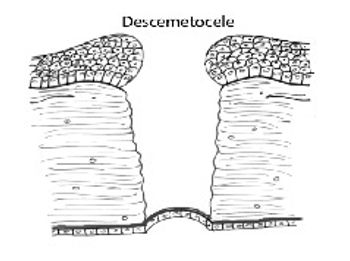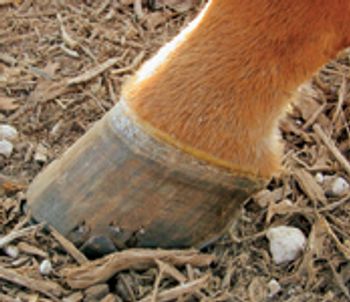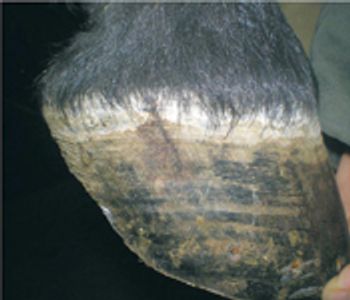
Leptospirosis is a bacterial disease caused by pathogenic Leptospira species affecting domestic animals, wildlife, and humans.

Leptospirosis is a bacterial disease caused by pathogenic Leptospira species affecting domestic animals, wildlife, and humans.

Stem cells are primitive cells present in almost every tissue that have the ability to differentiate into different types of tissue

Pneumonia in foals, caused by Rhodococcus equi (R. equi) is a well-known worldwide problem.

Information on various diseases of the cornea in horses.

Colic in horses may be an acute bout that either improves spontaneously or responds to medical or surgical intervention.

Information on thyroid function, pituitary pars intermedia dysfunction, and equine metabolic syndrome in horses.

Pathology in the distal limb is one of the most common etiologies of lameness and poor performance in the equine athlete.

Every equine sport or disciple has its own set of common disorders, so a basic knowledge of the sport and training techniques is very useful in both finding the problem and communicating with the people involved.

Rhodococcus equi, formerly called Corynebacterium equi, is the etiology of one of the most severe and devastating forms of pneumonia in foals.

An outline of the pathophysiology, diagnosis, and treatment of pleuropneumonia in horses.

Lacerations to the stallion's penis typically occur when a stallion attempts to breed a mare across a fence, from the mare's tail hair or breeding stitch during coitus, or from improperly fitted stallion rings.

The main routes of infection are via ingestion (gastrointestinal) and inhalation (respiratory).

Common indications for surgery of the equine ovary include ovarian mass, tumor, ovarian hematoma, ovarian abscess, ovarian cyst, and bilateral ovariectomy.

An outline of the pathogenesis, diagnosis, and treatment of strangles in horses.

If, according to an old English proverb, the eyes are the windows to the soul, then for horses and humans the nails and hooves may well be the windows to inner health or medical problems.

Equine Multinodular Pulmonary Fibrosis was only recently identified but could have a deep past.

Tallahassee, Fla. -- Of 13 Florida premises still under quarantine this week for equine piroplasmosis, only one farm still has horses that test positive for the disease.

Madison, Wis. -- The University of Wisconsin School of Veterinary Medicine Large Animal Hospital now can offer laser surgery to equine patients thanks to the acquisition of carbon dioxide and diode laser surgery instrumentation.

Lexington, Ky. -- In another move toward reform in the racing industry, the National Thoroughbred Racing Association (NTRA) is seeking to have a long-term plan to implement uniform health and safety measures for racehorses in place within 30 days -- or by the time the Breeders' Cup World Championships are held Oct. 24-25 at California's Santa Anita racetrack.

The term "quarter crack" was heard much more frequently this year after Kentucky Derby and Preakness winner Big Brown was treated for the hoof condition prior to the Belmont Stakes, but equine veterinarians, podiatrists and farriers know that quarter cracks affect all types of racing and performance horses and sometimes work horses.

The digestive system of the horse is of crucial importance to the equine practitioner. Health and optimum function of this system are necessary for almost every aspect of a horse's life. Complaints of diarrhea, weight loss, poor weight gain, lack of performance and colic, among others, often accompany equine digestive disease.

It's a big year for mosquitoes in Florida, and one result is a much higher incidence of Eastern equine encephalitis (EEE).

A system that will provide the Thoroughbred racing industry with its first national database of racetrack injuries is off and running.

Missouri - A number of Potomac Horse Fever (PHF) cases, normally not seen in Missouri, have been reported along the Mississippi River.

Bradenton, Fla. -- State officials quarantined a Manatee County property where five cases of equine piroplasmosis (EP), a disease not reported in the United States since 1988, were confirmed.